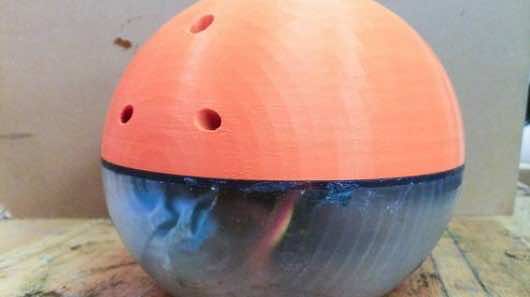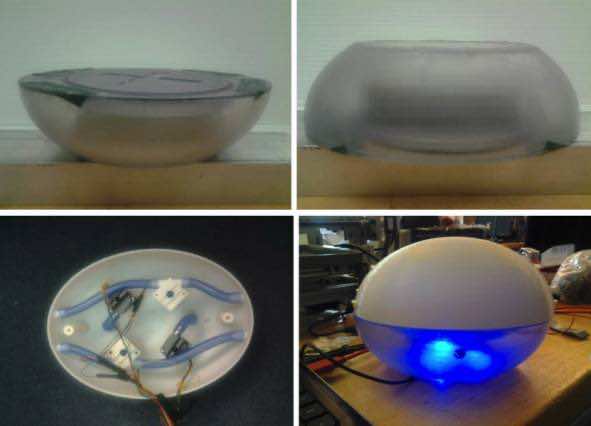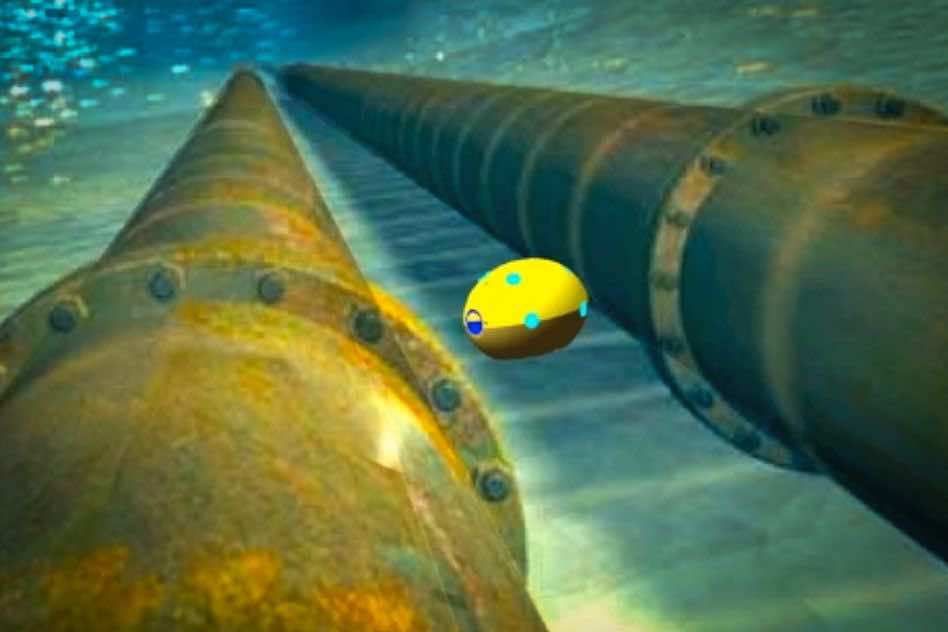MIT’s team is all set to prevent maritime smugglers from smuggling illegal items. Usually, smugglers hide contraband in fake hulls or in propeller shafts located within their boats. Despite the authorities possessing means to search for such hidden passages, it often takes a long time for the culprits to get rid of the stash. To tackle this, MIT’s team has created a robot that can check the boats out without the crew finding out.
A mechanical engineering grad student, Sampriti Bhattacharyya, has designed the current prototype with Prof. Harry Asada, her adviser. The prototype has been built by making use of a 3D printer and comes with a flat bottom while being oval-shaped. The robot has been described as slightly smaller than a football. Half of the robot’s body is watertight and houses electronics that include control circuits, rechargeable lithium battery, communications antenna and inertial measurement unit. The inertial measurement unit is comprised of 3 accelerometers, 3 gyroscopes and is used when the robot’s position has to be tracked.
The second half sports the propulsion system and is permeable, of course. This half comes with 6 pumps that have been connected to separate rubber output tubes. 2 of these tubes run along the back of the robot and push it in against the boat’s hull while venting water. The other two pairs are situated at both ends of the robot and carry it forward or backward along the hull with a maximum speed of 1 meter/second thus enabling it to take tight turns.
The prototype robot doesn’t have one, but Bhattacharyya is working on incorporating ultrasound sensors in the finished version so that fleets of such robots will attach to the hull of the vehicle in question and shall look for any abnormality therefore, signalling the presence of hidden cargo. By communicating with one another, this fleet will be able to relay individual search patterns with all members and shall transmit the readings to the authorities. The fleet could be camouflaged by making use of clumps of algae.
The current prototype can last for 40 minutes on a single charge; however, the aim is to increase it to 100 minutes in the next version. There are a few kinks that will need to be straightened out before the sensors can work properly. Bhattacharyya hopes that the final model will be priced around $600 so that the technology is cheaper as compared to the prevalent technologies.


